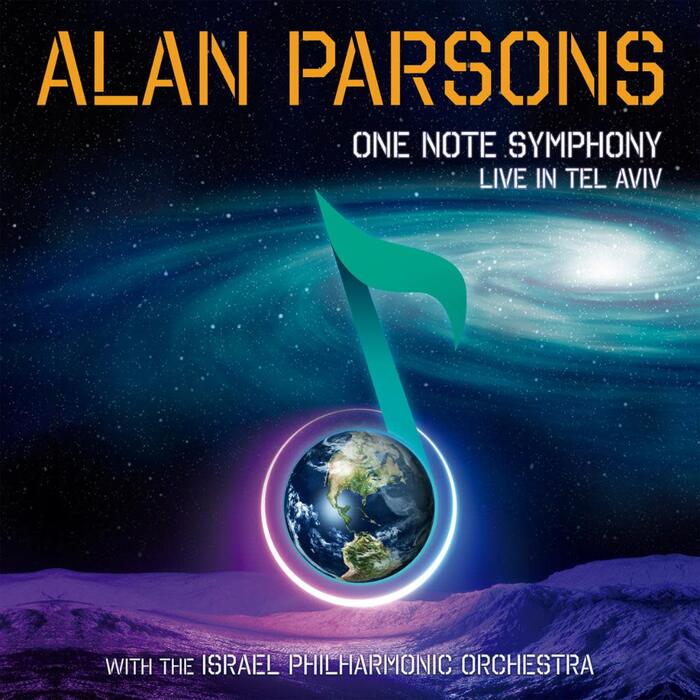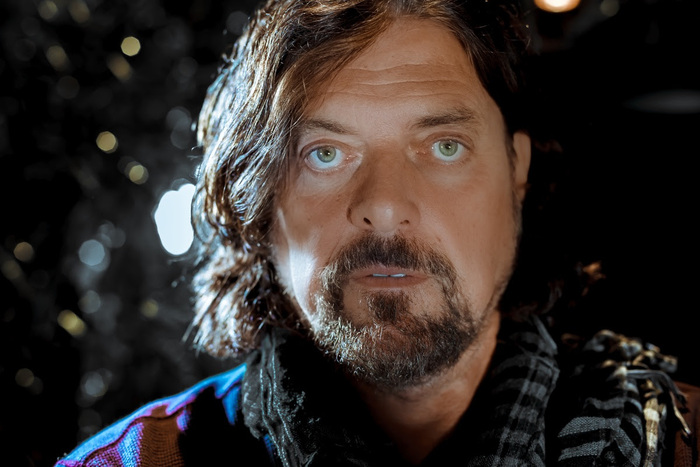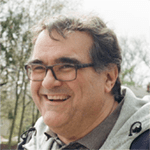When Alan Parsons and Eric Woolfson formed The Alan Parsons Project in 1975, their intention was to be strictly a studio project. There were no permanent members, other than the core of Parsons and Woolfson. They never considered performing live, and certainly not touring. In fact, The Alan Parsons Project performed live only once (without Woolfson) in 1990 as part of Night Of The Proms.
However, once Woolfson and Parsons went their separate ways (Woolfson to write and produce musicals and Parsons continuing to write/record his own music), Parsons made the decision to begin performing live and touring. In 1993, Parsons released his first solo album, Try Anything Once, which led to a tour. He has been touring, sporadically, ever since, using the name of The Alan Parsons Live Project.
In 2019, Parsons released his fifth solo studio album, The Secret. He then proceeded to tour to promote the album, and One Note Symphony: Live In Tel Aviv is the second live album to be released from the 2019 tour (after 2021’s The Neverending Show - Live In The Netherlands).

For fans, the question arises as to what makes One Note Symphony: Live in Tel Aviv different and what does it add to the ever growing discography of live albums.
The answer is the addition of The Israel Philharmonic Orchestra. While Parsons has recorded a live album with an orchestra in the past (The Alan Parsons Symphonic Project’s Live In Colombia from 2016), that album featured only classic Alan Parsons Project material. One Note Symphony: Live in Tel Aviv also includes solo material from his then-current solo album, The Secret.
Parsons has assembled a band that, for the most part, remains unchanged since 2016. Tom Brooks, who plays keyboards but also is the arranger for the shows, actually conducts the orchestra for the concert. He does an excellent job of arranging the old songs to give them a new, exciting, fresh sound. Also worth noting is lead vocalist P.J. Olsson, who is able to give the older Alan Parsons Project songs a new, yet familiar voice.

The band is tight, and plays the older hits well. The newer material comes off equally as strong. The album and concert opens with the title track, “One Note Symphony” from The Secret. It is the perfect way to open the show and the ideal choice to introduce and bring in the idea of an orchestra. Parsons’ music certainly lends itself to orchestral arrangements and the show and resulting album certainly demonstrates this.
As for the 5.1 mix, Alan Parsons’ music cries out for this treatment. His music past and present is ideal in that format, and–given his history as a producer and engineer– one can bet on the concert being recorded extremely well. As with his studio recordings, Parsons has taken great care in recording the concert. As good as the vinyl sounds, the concert mixed in 5.1 is really the star attraction. Parsons puts the listener in the center of the action and utilizes all speakers beautifully. It is a perfectly crafted musical presentation.
In listening to the 5.1 mix, one can hear each individual player coming through to form a full-on immersive experience. The vocals are crystal- clear and Parsons does not rely on tricks, but rather uses 5.1 as an instrument for the music.
Live albums are not what they once were. In the past, some live albums not only defined a band and built their career: Frampton Comes Alive, The Who Live At Leeds, The Last Waltz, and others immediately spring to mind as classic live albums. Today, live albums serve more as a souvenir or a chance to fill the gap between studio album releases.
However, Parsons has created not only a live album but a new and creative way to reinterpret older material. One Note Symphony: Live in Tel Aviv does stand up as a brilliant souvenir of the event, but it also firmly establishes itself as a new album by Alan Parsons. It may fill in the gap before a new studio album is released, but that does not take away from the brilliance of the performance.

